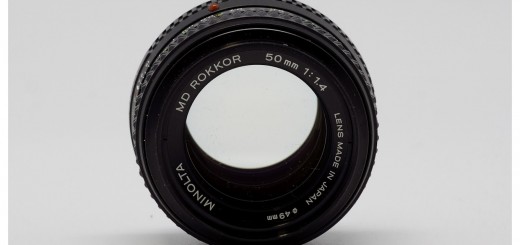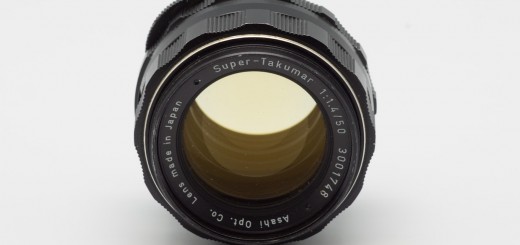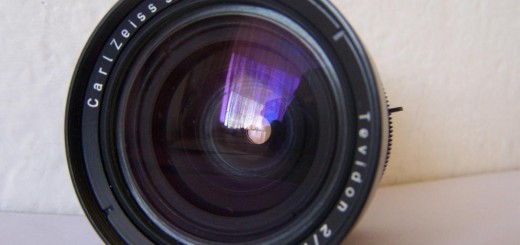NX200 vs NEX-5n vs EOS 550D (vs ZR100) Cityscape
Working with all cameras in the field, easiest to set-up was Samsung NX200, followed by Canon. Sony requires more time to get used to interface, and Casio, due to its size needs lot of menu settings.
Samsung RAW files however stays a mystery for me, and using their dedicated converter, I am a bit lost in my usual work-flow. You can see here in a 100% crops, how different AWB balance and sharpness appears in JPEG and RAW. Probably something to do with SilkyPix.
Nevertheless, without pixel peeping I can say that Samsung, Sony and Canon should satisfy most of users in terms of IQ and prints up to A2. Casio unfortunately showed some serious lens problem, that I will have to claim in the service.
If I will have to choose from those cameras one, for occasional hiking, cityscape, landscape and other static subjects, it will be very hard decision. Sony seems to have best per pixel quality at 100 ISO, Samsung has the highest resolution and very friendly interface, while Canon has color rendition, that I like best (maybe I am just get used to it, as a regular Canon shooter).
But than, there is one important thing to consider – available lenses. While Canon is a clear leader here, Samsung can compete with it’s pancakes, but Sony is really limited. However, there are lot of legacy lenses, and Sony offers adapter to use E mount lenses (for not so friendly price), so this is also not leading to the clear winner.
Samsung gives somewhat best relation between size and IQ in its system (thanks to at least 2 good pancakes – 16mm, 30mm and solid 20mm), so it might be my final choice for this occasion.Samsung NX200 – conversion from RAW to Tiff, exported from LR3.5 f8, 1/125s, ISO 100
Sony NEX-5n – conversion from RAW in LR3.5, f8, 1/125s, ISO 100
Canon EOS 550D, conversion from RAW in LR3.5, f8, 1/80s, ISO 100
Casio Exilim ZR100, JPEG from camera f12, 1/20s, ISO 100
And here are 100% crops from the big 3 – first RAW
And JPEG (notice much sharper and completely different AWB from Samsung file. You don’t want to see Casio at 100%, trust me.)
But there is more… Samsung, Sony and Casio offers some jpeg gimmicks. I never use those, but I can understand some people likes them. In that regard, Samsung creative filters are much more useful, than Sony’s IMHO. I couldn’t find Casio settings for them, so I will try it next time, when I find a manual 🙂
Samsung (I like this old film look. It can save some time in PP if you are after it).
Sony – (Don’t see anything useful here, maybe in some other situation)
Finally – just couple of Casio snap shots… Typical P&S










































